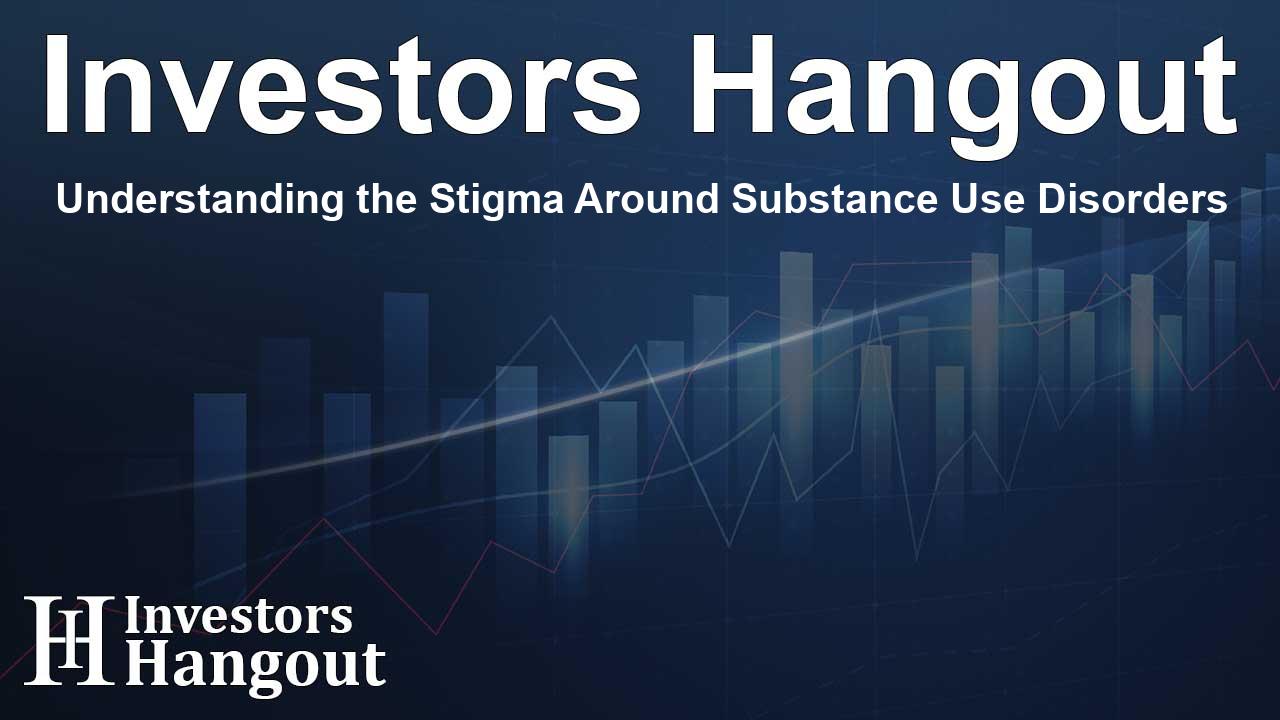Understanding the Stigma Around Substance Use Disorders

Understanding the Stigma Around Substance Use Disorders
A large portion of adults, approximately 74%, do not recognize substance use disorders (SUD) as a chronic medical illness. This statistic highlights a significant misunderstanding about the nature of addiction. The Shatterproof Addiction Stigma Index (SASI) reveals critical insights into the perceptions of addiction among the U.S. population.
Stigma in Society
Recent research indicates that addiction stigma is prevalent across different demographics. A notable finding is that many individuals remain reluctant to coexist with those who have SUDs, illustrating the entrenched beliefs that fuel stigma. This stigmatization can result in social isolation for those afflicted, further complicating their recovery.
The Urgency of Awareness
The SASI aims to shed light on these negative perceptions, while also seeking to educate and inform the public on the realities of substance use disorders. Importantly, nearly 49 million Americans aged 12 and older are living with SUDs. Alarmingly, it is estimated that less than 5% of those in need of treatment actually receive it. This gap underscores the need for collective action to address and rectify misconceptions about addiction.
Roadblocks to Recovery
Despite some progress in decreasing substance-related fatalities recently, the overall situation remains dire. Stigma plays a pivotal role in deterring individuals from seeking help for their addiction crises. This societal misunderstanding not only hampers treatment but also fosters an environment where individuals feel alienated and unsupported in their recovery journeys.
Insights from Real Experiences
The 2024 SASI report included narratives, like that of a woman named Kaitlyn, who bravely shared her struggles with substance use. These personal stories are vital in humanizing addiction and highlighting the real-life impacts of stigma. When people understand the stories behind addiction, it becomes easier to foster compassion rather than judgment.
Key Findings and Actions
Some compelling data has emerged from the SASI results. For instance:
- Many respondents, 45%, expressed unwillingness to live near someone with SUD.
- 47% reported a lack of desire to befriend someone struggling with substance use.
- Surprisingly, only 43% view medication-assisted treatments as valid recovery options.
Even though there are discouraging statistics, some positive implications can be found. A significant majority, nearly 73%, support the idea that fentanyl testing strips should be freely available. Additionally, around 80% believe that more healthcare providers should offer medications for opioid use disorder. This indicates a shift in perspective towards seeking more effective treatment methods over punitive approaches.
Taking Initiative Against Stigma
To combat stigma, SASI recommends actionable steps individuals can take. Educating oneself and others about substance use disorders is of paramount importance. Learning how to identify and respond to overdoses can make a huge difference in saving lives. Furthermore, sharing personal experiences can foster deeper connections and understanding within communities.
A Call to Action
Shatterproof’s ongoing mission emphasizes the importance of societal change to counter addiction stigma. By collaborating with state agencies and various organizations, Shatterproof aims to enhance awareness and support for those affected by substance use disorders. Every individual contribution counts, and a collective effort can help create a compassionate environment for recovery.
Frequently Asked Questions
1. What is the SASI?
The Shatterproof Addiction Stigma Index (SASI) is a comprehensive tool designed to measure public perceptions of substance use disorders.
2. Why is stigma an issue for those with SUD?
Stigma contributes to a lack of support, social isolation, and can deter individuals from seeking necessary treatment for their condition.
3. What can I do to help reduce addiction stigma?
Educating yourself, sharing personal experiences, and advocating for more accessible treatment options can significantly help reduce stigma.
4. How many Americans live with SUD?
Currently, approximately 49 million Americans aged 12 and older are living with substance use disorders.
5. What are effective treatments for OUD?
Medication-assisted treatments, like methadone or buprenorphine, have proven effective for treating opioid use disorder.
About Investors Hangout
Investors Hangout is a leading online stock forum for financial discussion and learning, offering a wide range of free tools and resources. It draws in traders of all levels, who exchange market knowledge, investigate trading tactics, and keep an eye on industry developments in real time. Featuring financial articles, stock message boards, quotes, charts, company profiles, and live news updates. Through cooperative learning and a wealth of informational resources, it helps users from novices creating their first portfolios to experts honing their techniques. Join Investors Hangout today: https://investorshangout.com/
Disclaimer: The content of this article is solely for general informational purposes only; it does not represent legal, financial, or investment advice. Investors Hangout does not offer financial advice; the author is not a licensed financial advisor. Consult a qualified advisor before making any financial or investment decisions based on this article. The author's interpretation of publicly available data shapes the opinions presented here; as a result, they should not be taken as advice to purchase, sell, or hold any securities mentioned or any other investments. The author does not guarantee the accuracy, completeness, or timeliness of any material, providing it "as is." Information and market conditions may change; past performance is not indicative of future outcomes. If any of the material offered here is inaccurate, please contact us for corrections.